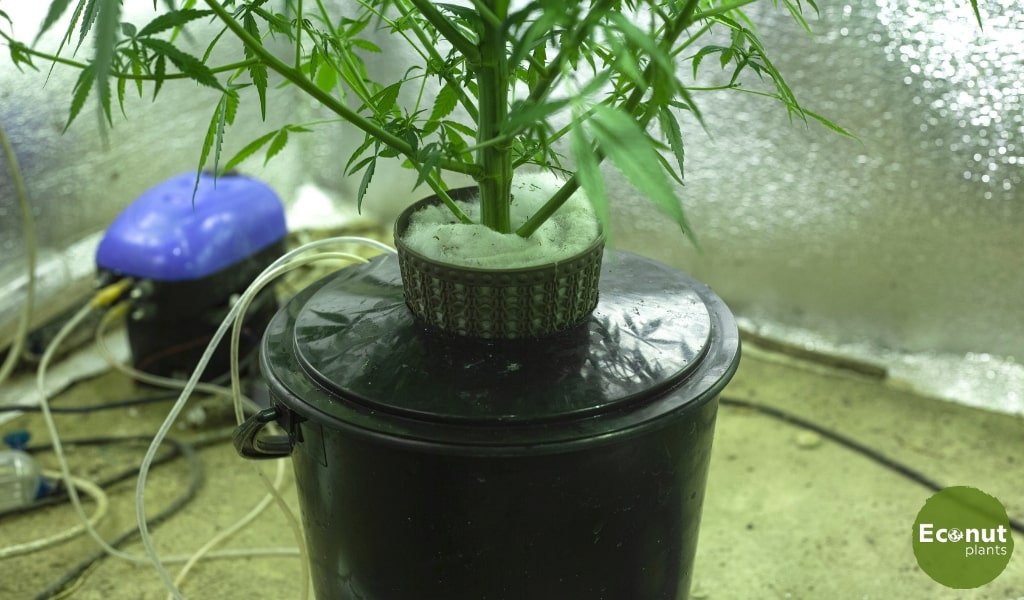This is a guide to creating your DIY ollas out of terracotta plant pots and how to use them in the garden. Even in the hottest regions, ollas are a cheap way to hydrate plants. Using a centuries-old method, they slowly release water to plants, allowing them to stay hydrated while using less water.
These are unglazed ceramic pots invented in antiquity and slowly transfer moisture to the underground roots of plants. Allow me to explain ollas in more detail, including their uses and a homemade version made using terracotta plant pots.
What are Ollas?
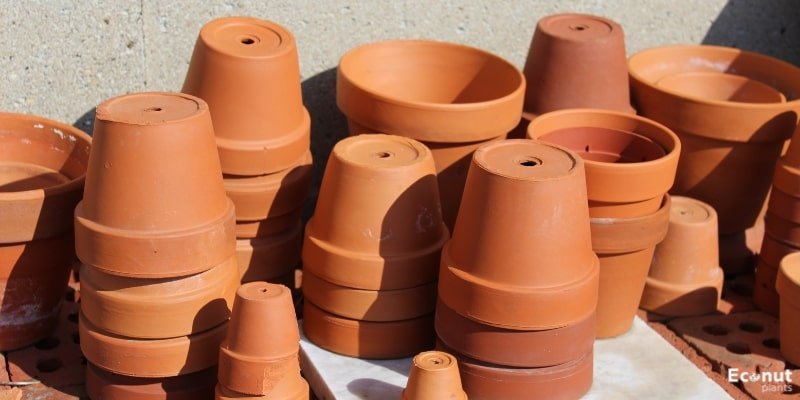
An olla is a clay container with equally buried roots. The traditional olla is more like an urn, with a smaller neck and a much larger water capacity. To prevent the water from evaporating from the top, we add water and cap it. Water seeps through the pot’s walls and soaks into the surrounding soil.
Ollas are linked to numerous advantages. Not only does water penetrate the uppermost layer of soil, but it also reaches the plant’s roots, where it is essential. If you fill the ollas all the way, it functions similarly to a continuous deep-watering system. They may be less expensive than drip irrigation systems because of their simplicity.
Do DIY Ollas Work?
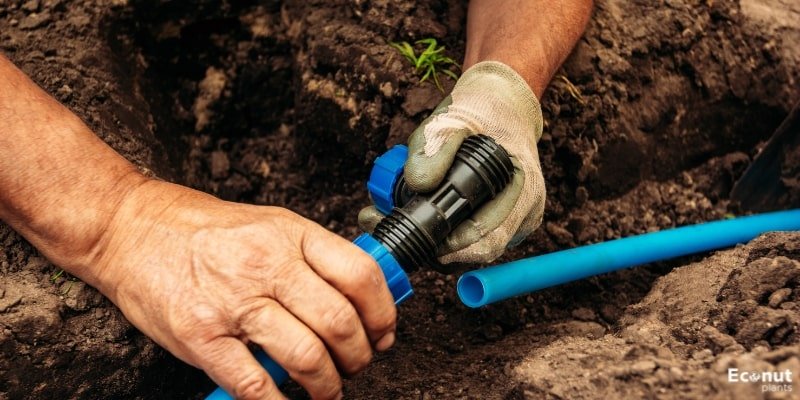
Ollas are a low-tech, energy-saving method of watering gardens and various plants. They perform admirably in open areas, container gardens, and indoor spaces alike! They are beneficial to both tomatoes grown in greenhouses and pumpkins grown on the ground.
Ollas are essentially water-filled terracotta clay jars buried in the ground. Unglazed terracotta is porous clay; therefore, it is permeable to both air and water. Self-made irrigation systems and ollas are far less expensive and perform equally well than those purchased from stores.
How Water Goes Through the Pot
Does the pot get completely wet through? Yes, I agree that some individuals might find it difficult to understand how water could move through something as tough as ceramic. For the same reason, leaving clay pots outside in bitterly cold weather is not a smart idea. Because terracotta absorbs water, pots may break when the water inside freezes.
Even before the invention of pottery, people had profited from the porous properties of terracotta. Sweating water evaporative removes moisture from unglazed clay pots due to ambient heat and hot air. The water’s evaporation cools the air around the pot, much like sweating helps the body cool.
How Do Ollas Work
The Ollas work on the same premise; they are underground and composed of unglazed clay pots. It achieves this by utilizing a technique known as soil moisture tension. Usually, the moisture condenses in the inch or two surrounding the olla, staying near the pot.
Plants sense moisture in the clay pot through their ollas, which direct their roots there. This is also readily apparent to you! When you consider that plant roots take up water from the soil surrounding them as well as the pot, everything makes sense. During the growing season, the roots can quickly extract water from the terracotta by sticking to its sides.
Ancient Clay Pot Irrigation
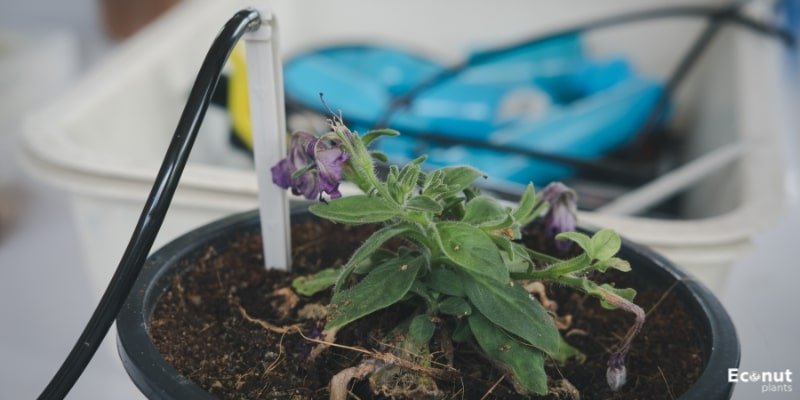
Unlike other irrigation techniques, ollas are not a recent invention. Only underground irrigation in agriculture makes use of ollas or unglazed clay pots. This method eventually made its way to the New World and beyond.
With Ollas, you can water plants more efficiently and use less water overall. Since water does not evaporate, moisture remains below the surface. The plants that surround ollas absorb a significant amount of the water that you pour within. Watering also saves time and cuts down on waste.
How to Use Ollas
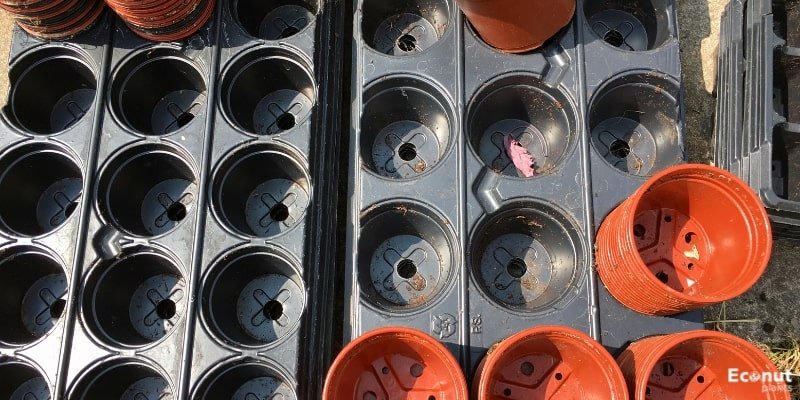
The best plants for ollas to water are large vegetables like tomatoes, eggplants, and beans. How wonderful they are at giving young trees and shrubs irrigation in their first year! One of my giant sprawling plants, which love moist soil, envelops the olla in one of my birdie’s beds.
A great way to employ an olla is to place it next to one or three veggie plants. Assuring them of their covering and hydration is the only thing left to do. The cover prevents little creatures and insects from drowning by preventing the water from evaporating.
Where to Place Ollas

Once you’ve purchased or constructed your DIY ollas, you need to arrange them properly. Because ollas require plants to be somewhat close to one another to function, you should consider how extensive your plants’ root systems are.
I usually plant one olla for every two tomato plants in the greenhouse, two feet apart. Throughout the year, you can leave ollas in the ground if the temperature doesn’t drop below freezing. When exposed to freezing temperatures, terracotta can shatter and split.
How Many Ollas Will My Garden Require?
Though every garden is unique, if you want to employ ollas, consider using one for every giant plant, two for medium-sized plants, or a circle of smaller plants surrounding the pot.
The number of plant roots that ollas may adhere to and grow from determines how potent they are. When it does this, it consumes all the water for itself, disregarding that there is another plant nearby.
If you want to cultivate smaller plants around an olla, a wider pot could be more practical. After that, you might plant seedlings or seeds in a circle around the pot. This might be a helpful method for controlling premature bolting while growing green crops like cilantro and lettuce.
When to Fill Ollas with Water
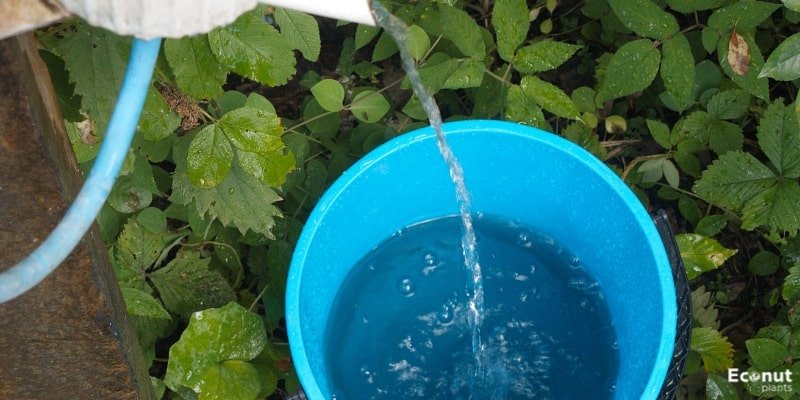
Your plants will stay well-watered as long as you keep your ollas full of water. The size of the olla, the season, the plants inside, and the soil’s dryness all affect how frequently you fill them. On a hot summer’s day, a small olla placed next to a plant in need of water will quickly empty.
Throughout the growing year, it’s best to check on your ollas frequently because several elements will affect how often you fill them with water. In this manner, if you have to take a trip, you’ll know exactly how long you may leave them without giving them a refill. The olla cover is another crucial element in reducing irrigation.
Where to Source Ollas
The majority of us could only view ollas in museum settings in the past. However, in recent years, gardeners have come to love them, especially those who grow in arid climates.
I have an olla watering system in my polytonal from Thirsty Earth; however, most are just single olla pots that you fill by hand. Thirsty Earth Cotta Cups are a far better deal if you’re considering purchasing individual pots as opposed to them.
FAQ
Does olla irrigation function?
Yes, it does! Plants that receive the right amount of irrigation in the right climate will produce more. If you live somewhere that receives a lot of rain all year, you might not need an olla, but people who live in arid climates will find them useful.
How much is needed for ollas?
This will depend on how big your garden is and how many plants you are growing. Larger gardens will require greater olla coverage because ollas can only irrigate an area so large.
Which plants are suitable for ollas?
They work especially well with leafy greens, tomatoes, and cucurbits. They do not work as well with legumes and grains.

